Washington has always been a favorite Spring Break destination. With so many notable monuments and museums on and around The Mall, there’s something for everyone in your family, and most of the venues are free to the public. Whenever I get to DC, I feel an inevitable draw to go down to The Mall. Being there, under the Washington Monument or on the steps of the Lincoln Memorial looking out over the Reflecting Pool, I feel a part of something bigger than myself — enjoying the spacious skies with my kite-flying, cherry-blossom gazing, photo-taking fellow countrywomen, men and children.
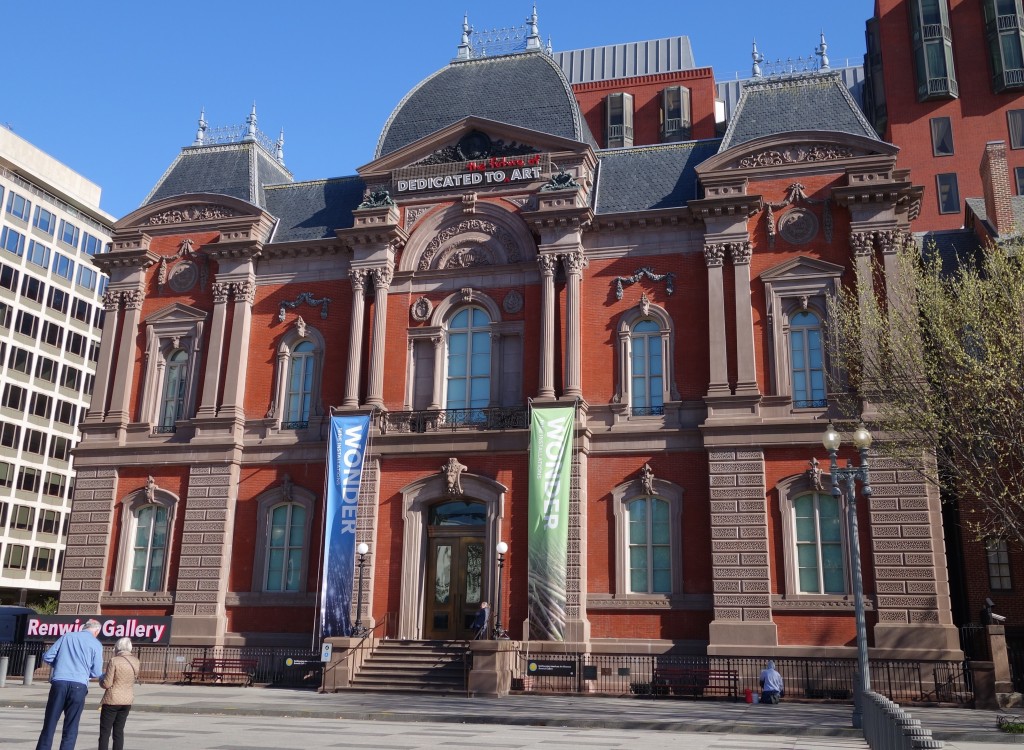
This trip, we visited two remarkable venues. Each held our attention in a very different way. The Renwick Smithsonian Gallery has recently reopened with site-specific artist installations in each large gallery – the show is called “Wonder” and awes visitors with an appreciation for the work done to create each beautiful piece. The Newseum, a five-story institution dedicated to the art of journalism and the history of news, requires in depth attention – reading and thinking and questioning – and gives viewers copious knowledge and a deep appreciation for history. Both provide an excellent experience for kids — Wonder is fun for elementary aged and up and tweens and teens always love the Newseum.
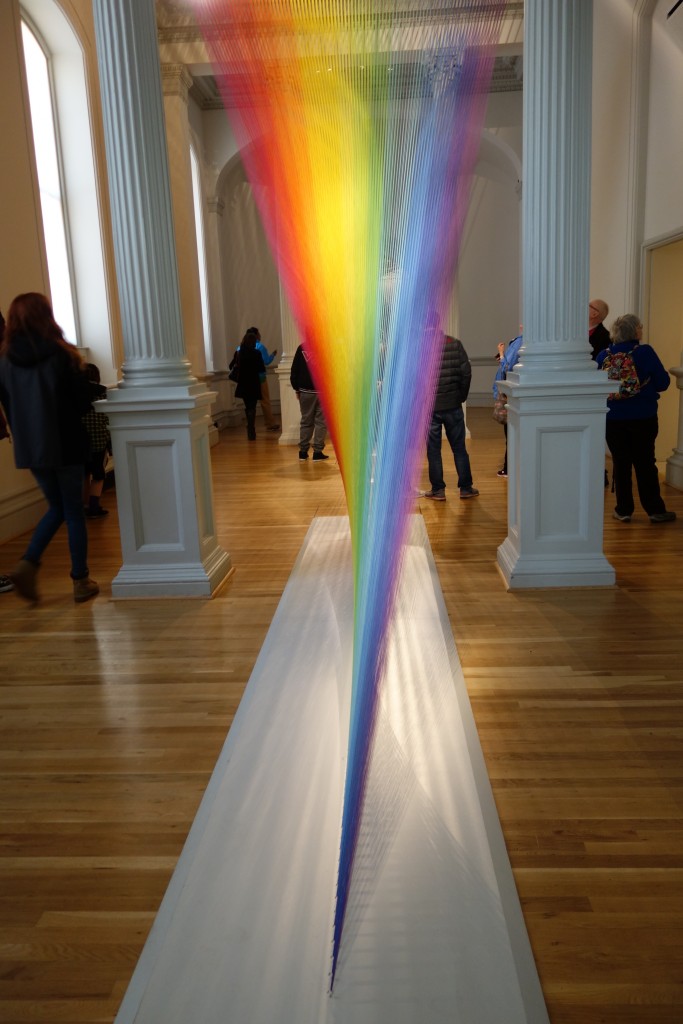
As soon as we got to town, we heard the buzz. We had to see the newly-restored Renwick Gallery Smithsonian, located right next to The White House. Each room of the lovely two-story museum was taken over by a contemporary artist who created a site-specific work in an overall exhibit called “Wonder”. The museum has been closed for two years, and after a 30 million dollar renovation, there is a natural curiosity to see what has been done. It turns out that The Renwick is the first building ever conceived as a public art museum — so, how fitting that this show glorifies the spaces of the galleries themselves? A vibrant humming rainbow made of strings that spin across a long skinny gallery. A fishing net hung from the ceiling of the vast upstairs room, a hammock of sorts that displays an ever changing light show, under which people can lie as if in a field at night gazing at the heavens.
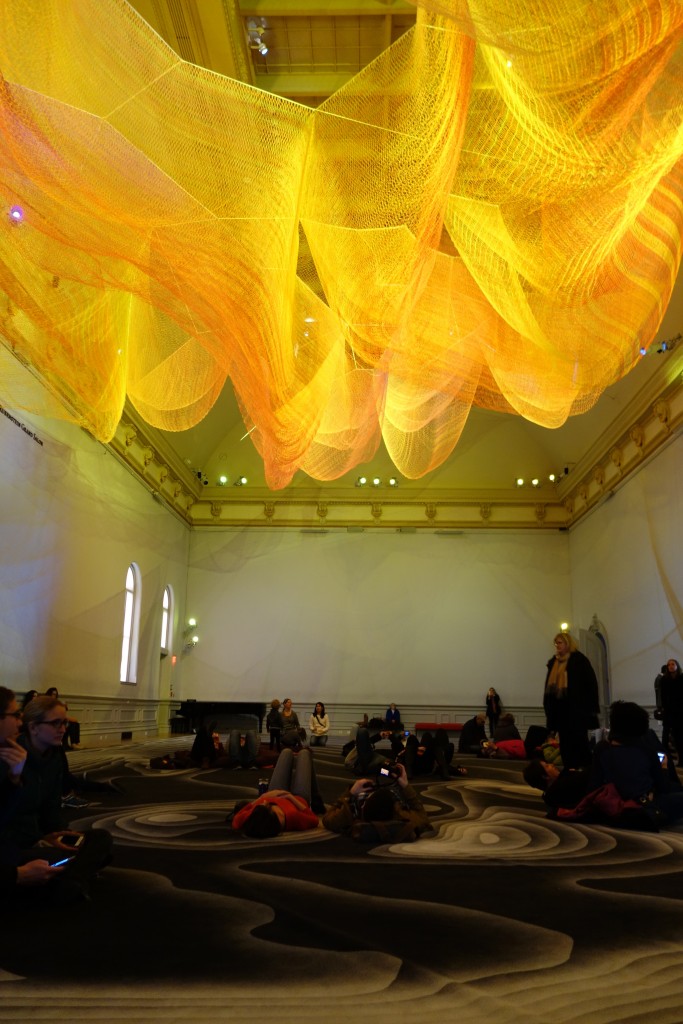
And most indelibly, a room of bent saplings and twigs that formed a strangely comforting village of lyrical and appealing structures. We wandered in and out of the house-like objects, peering through windows and admiring the patience of the artist to form such elaborate forms.

Each room was more shapely and unusual than the next, and yet all were unified in a strange manner – with a single, every day material used singularly, repeated and replicated until transformed into another (very large-scale) object entirely. Visitors are immersed in the work, all of which is three-dimensional, and with several of the materials there is a lingering smell, for instance, of wood or old tires. Here is the group of artists represented: Jennifer Angus, Chakaia Booker, Gabriel Dawe, Tara Donovan, Patrick Dougherty, Janet Echelman, John Grade, Maya Lin, and Leo Villareal.
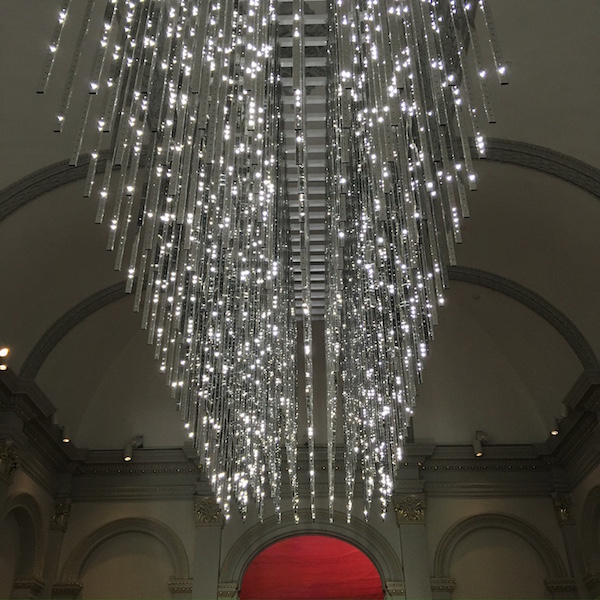 The gallery walls have a small sign that says “Photography Encouraged” and the galleries are the most instagram and Snapchat friendly rooms imaginable. Which is of course what makes them all the more wonderful for kids and teens who might not be otherwise interested in a museum visit.
The gallery walls have a small sign that says “Photography Encouraged” and the galleries are the most instagram and Snapchat friendly rooms imaginable. Which is of course what makes them all the more wonderful for kids and teens who might not be otherwise interested in a museum visit.
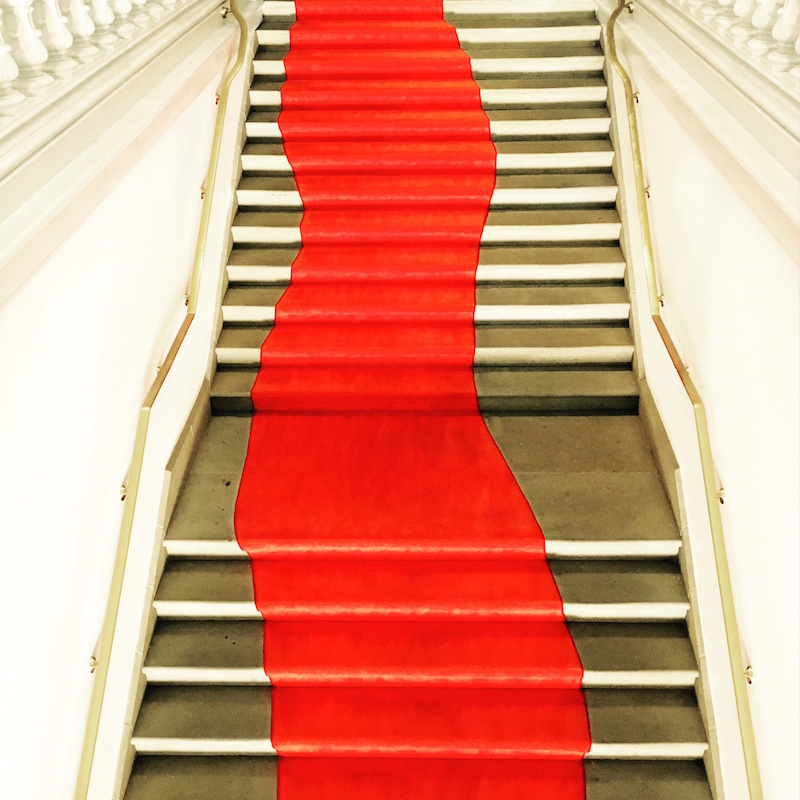 I heard from many families that their tweens and teens loved this show, which is always good to hear. Some critics bemoan the rise in spectacle art exhibits, indicating both a dumbing down of the viewer and a pandering on the part of the artist and museum. Examples such as LACMA’s Rain Room are cited in a trend towards courting visitors to come to art museums – and that our Instagram culture somehow dumbs down the production of worthy art. It’s a good debate in which to engage your kids, so take a read here of a recent Atlantic story on the topic. At the end of the day, increasing the numbers of people that get into museums and get of sense of the “Wonders” that can be discovered is a good thing, and museums certainly appreciate your Instagram posts.
I heard from many families that their tweens and teens loved this show, which is always good to hear. Some critics bemoan the rise in spectacle art exhibits, indicating both a dumbing down of the viewer and a pandering on the part of the artist and museum. Examples such as LACMA’s Rain Room are cited in a trend towards courting visitors to come to art museums – and that our Instagram culture somehow dumbs down the production of worthy art. It’s a good debate in which to engage your kids, so take a read here of a recent Atlantic story on the topic. At the end of the day, increasing the numbers of people that get into museums and get of sense of the “Wonders” that can be discovered is a good thing, and museums certainly appreciate your Instagram posts.
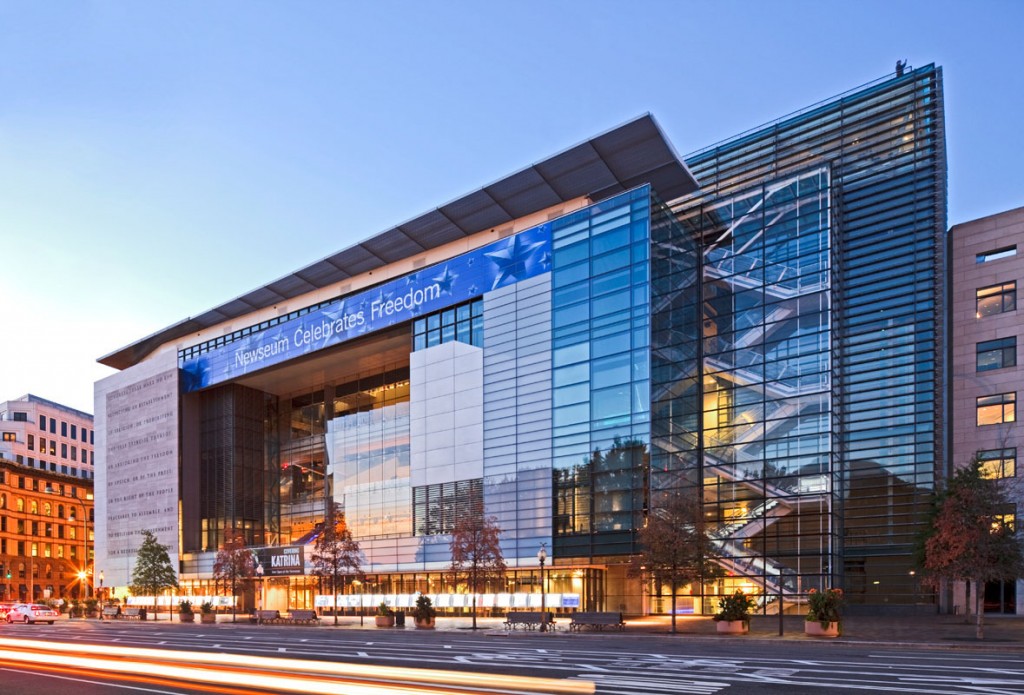
An equally wonderful (and always reliable) spot for a visit is the Newseum – an interactive, innovative institution dedicated to news and journalism, with exhibits that trace the history of communication and explore free expression and the five freedoms of the First Amendment (religion, speech, press, assembly and petition). I’ve probably been to this museum 5 times and am always impressed that the exhibits are as interesting for middle-schoolers as grandparents.
On this round, we got lost in the Pulitzer Prize Photographs Gallery, where we gazed at incredible images from every year since 1942. Naturally, the images themselves are remarkable but the best thing about the show is how it randomly plunges the visitor back into a certain moment of history – whatever story that year’s winning photograph happened to explore, ranging from the tragic (a couple mourning after their child drowned in the surf here in CA) to the triumphant (Olympic medalists celebrating a surprise victory) and every atrocity of war and famine and environmental devastation between.
We also watched a 25 minute film on the history of sports reporting and explored an exhibit called Inside Today’s FBI about the agency’s current war on Cyber Crime that included among other odd artifacts, The Unabomber Theodore Koscinski’s actual cabin. Best of all was a brief exhibit 1966: Civil Rights at 50 which gave a real sense of the bravery and organizational brilliance of the activists working in the south. The Newseum’s website is stuffed with podcasts and online lesson plans for those with a nose for journalism.

